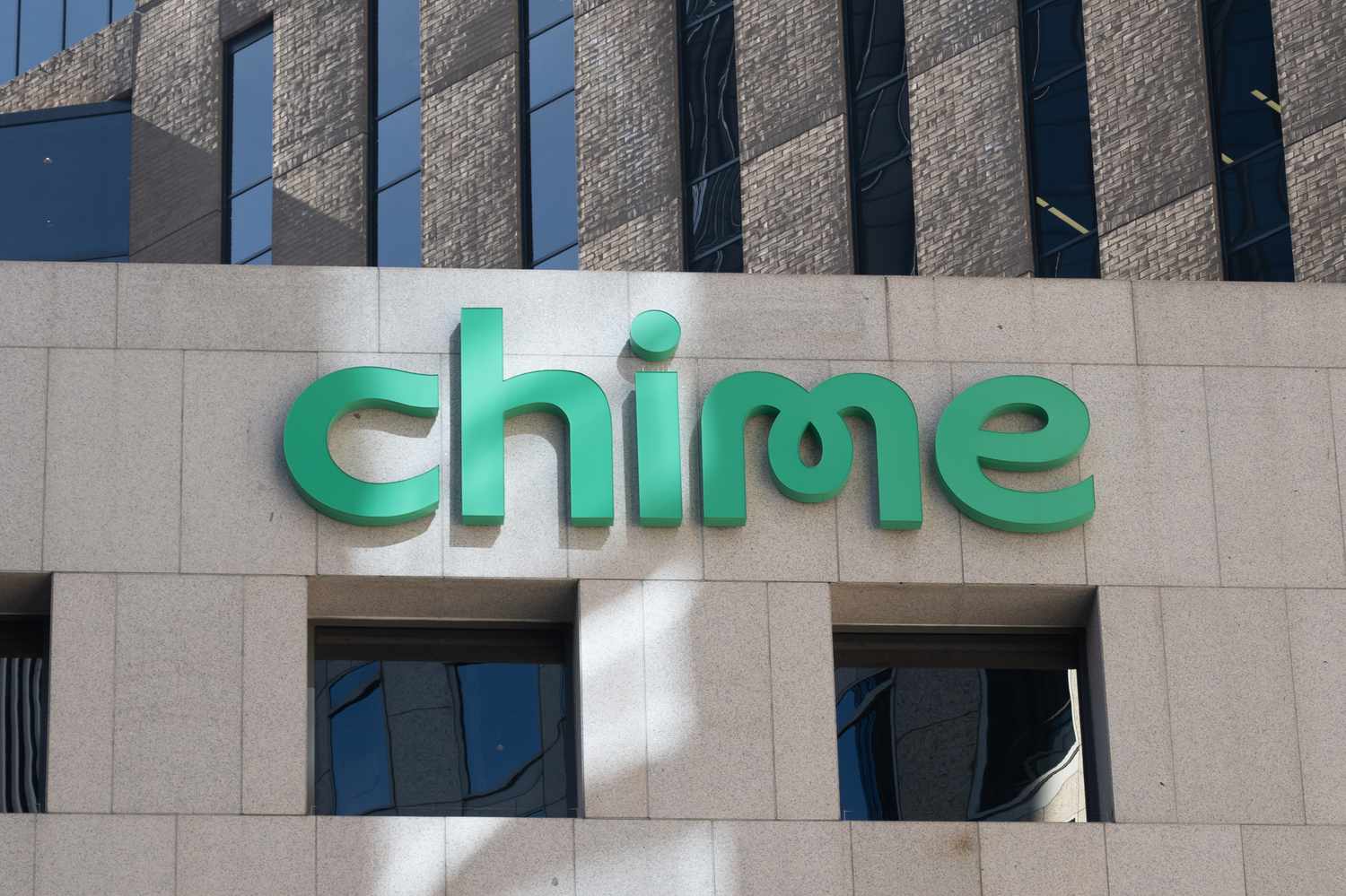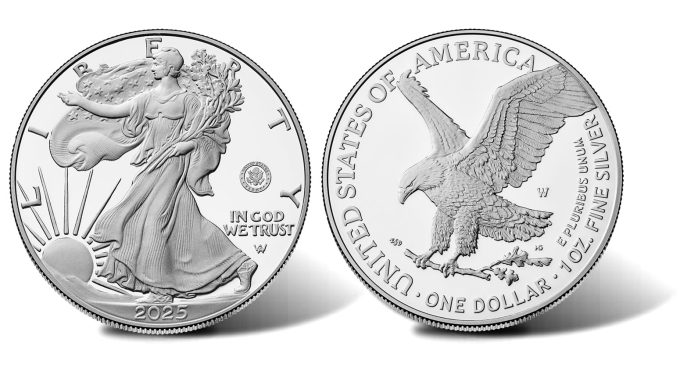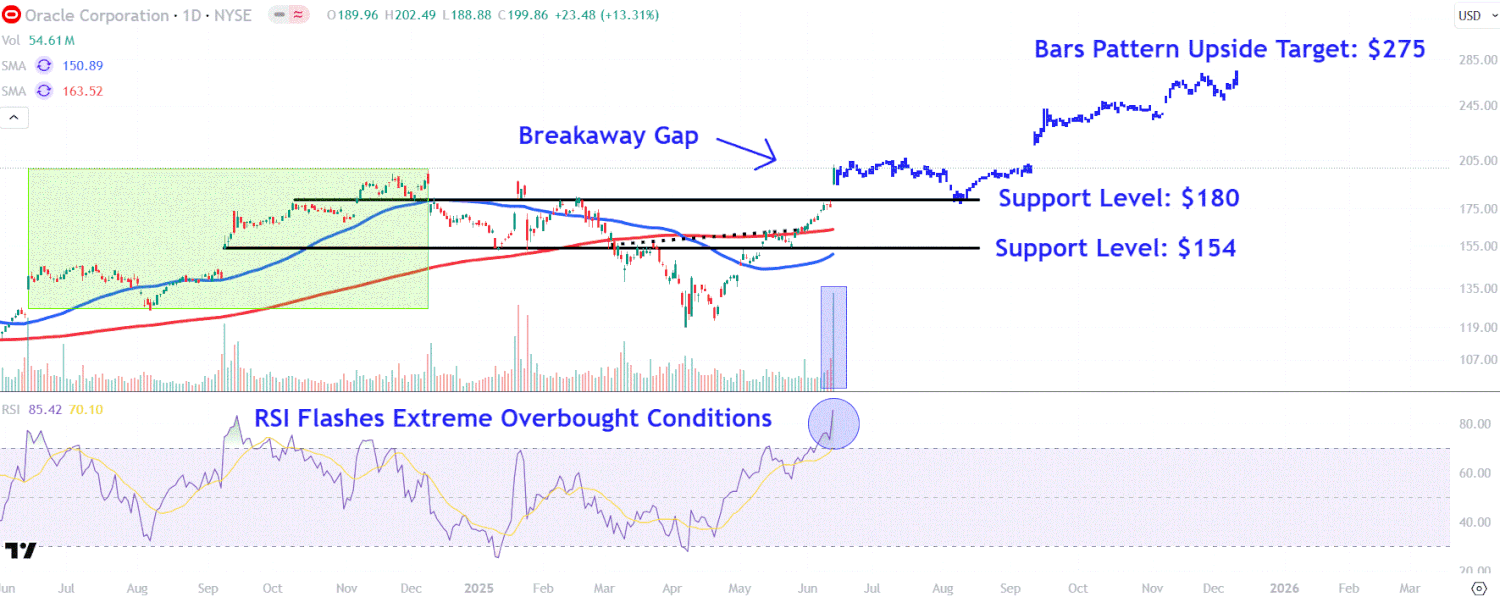During the COVID-19 pandemic, the real estate market boomed as record-low interest rates and lifestyle shifts created intense competition that helped drive housing prices to record highs across the U.S.
Now, however, home values are falling in some areas, which could put some buyers underwater, meaning they owe more than their homes are worth. Falling home prices aren’t rare—markets often have ups and downs—but if the recent changes put you underwater, that can be concerning and limit financial flexibility. Fortunately, there are ways to get above the surface.
Key Takeaways
- Home values surged during the first few years of the pandemic, but they have dropped significantly in some regions.
- If you paid peak prices, a drop in home values may mean you now owe more on your mortgage than your home’s appraised value.
- Being underwater can limit financial flexibility, but there are ways to solve this challenge.
What Does It Mean to Be Underwater on a Mortgage?
Being underwater on a mortgage means the loan amount is higher than the home’s current market value, so if you sold it, you couldn’t fully pay off the mortgage with the proceeds.
Being underwater can happen when buyers pay high prices. That can happen if there is overbidding as some experienced during Covid, and if the market softens. Then, homeowners might see their home value increase and owe more than their mortgage amount.
Putting in a low down payment also increases the risk of being underwater, as the mortgage funds more of the home’s value. So, even a slight dip in prices can create this dynamic, whereas with a standard 20% down payment, prices would have to fall by over 20% to put you underwater.
Being underwater can create both financial and psychological challenges. For one, it limits your ability to sell your home, as you might not have enough money to cover the shortfall while also affording all the costs associated with buying a new home. You also typically can not refinance your mortgage or access equity, since you actually have negative equity if you’re underwater.
Note
That can be stressful for homeowners, making them feel trapped in a mortgage or home they want to get out of, or regretful of their initial purchasing decisions.
The COVID Housing Bubble—What Happened?
A convergence of factors during the early days of the pandemic caused many homebuyers to pay higher prices.
For one, interest rates plummeted as the Federal Reserve tried to boost the economy during this period. However, this contributed to ultra-low mortgage rates that enabled many homeowners to increase their buying power. Paying tens of thousands of dollars over ask might not have seemed like a big deal if you were saving so much money on interest charges compared to historical mortgages.
Meanwhile, demand outpaced supply, with buyers eager to use their purchasing power and with changes like remote work causing spikes in home searches in certain suburbs that may have previously been more affordable. At the same time, housing inventory remained tight, in part because previous years of limited home building meant that supply could not keep up with a growing population and the needs of young adults shifting from renting to owning, even with construction picking up during the pandemic era.
This all led to occurrences like bidding wars and waived contingencies that caused some homebuyers to pay more.
Is It Common to Be Underwater on Your Mortgage?
In several major markets, housing prices peaked around 2022-2023 and have dipped over 10% since. That said, some housing markets continue to climb, reducing the odds of homeowners there going underwater.
For example, some Sun Belt cities such as Austin boomed during the pandemic but have been cooling lately. In May 2022, median Austin sale prices peaked at $667,000 and have since fallen to $562,495, a drop of over 15%. In New Orleans, prices are down about 10% since June 2022.
Another pandemic-era hotspot, Boise, dropped around 23% from a peak in May 2022 to a recent low in February 2024. Although it has since recovered somewhat, it is now down about 8% from the peak.
So, if you bought a home in one of these areas or several others that have suffered a post-pandemic slump, you might already be underwater, or close to it.
That said, being underwater is relatively rare, as home equity levels remain strong in general. In the U.S., the percentage of seriously underwater homes—meaning the homeowner owes at least 25% more than the current estimated property value—is 2.8% for the first quarter of 2025, though that’s up from 2.5% the previous quarter.
What You Can Do If You’re Underwater
While being underwater can feel scary, it’s not necessarily insurmountable. Some options, depending on if you’re planning to move or just want to get out of the hole, include:
- Keep up with mortgage payments: If you’re not looking to move, continuing to pay your mortgage as usual will build equity and help get you above the surface over time, especially if home prices rise again.
- Add value: If you’re planning to move or want more flexibility, you could also make home improvements that build equity by raising your home’s value, but be mindful that many renovations do not have a positive ROI.
- Rent your home: If you want to generate extra income and delay selling, you might rent out your home until you get back above water.
- Contact your lender or assistance programs: Your lender might be able to help you out, such as by putting your mortgage into forbearance if you’re dealing with a hardship, which can buy you time to improve your finances and later chip away at your mortgage balance. Other assistance programs, such as from your state or local government, might also help if you’re in a difficult financial situation.
Note
As a last resort, some homeowners do a short sale, which is when they sell their home for less than the mortgage amount. They need their lender’s approval and the lender might forgive the balance owed. However, there can be downsides to a short sale, like damage to your credit.
How to Protect Yourself Going Forward
Whether you’re currently underwater or concerned about this situation, you can protect yourself in several ways. One is to be patient and not panic and sell. Even if home prices are dipping, that doesn’t necessarily mean it’s a good decision to move. Try to act rationally and consult experts for their advice, and with time, you might be able to get ahead again.
Another strategy is to build a financial buffer, ideally before times get tough, as emergency savings can be used to make extra mortgage payments, for example, to get out of the hole.
Tracking your home’s value, such as through online appraisal tools or insights from a local realtor can help you understand the gravity of your situation. If you’re getting close to going underwater, for example, you might decide it’s best to refinance now, such as to a shorter loan term with lower rates to save money overall and build up equity faster.
The Bottom Line
Although going underwater on a mortgage can be scary or frustrating if you bought during a Covid-era peak, that doesn’t mean you will suffer a permanent loss. History suggests that asset prices rise over time. So if you can ride it out, your home’s value may go up in the future, and if you keep making mortgage payments, you can build up positive equity. Instead of panicking, know your options and consider how you can make rational, proactive choices.

























